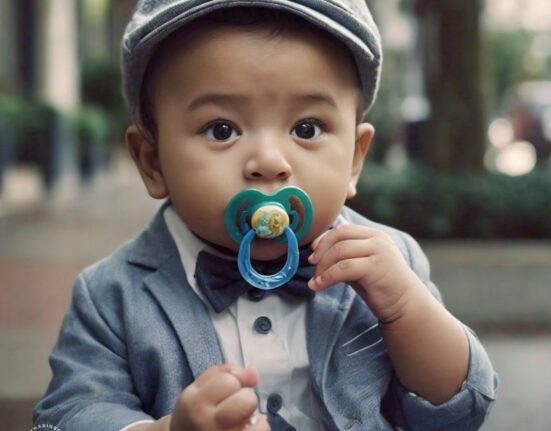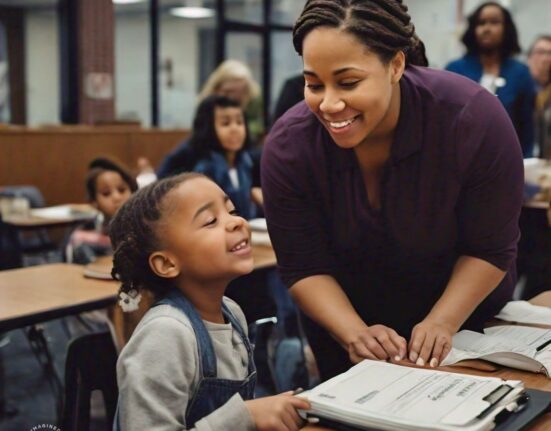Play and pretend play – the same task of describing typical development in this area with strategies to support/enhance child’s development.
Authentic play is one of the most important aspects of a child’s development. Play provides a safe space and opportunity for children to practice social scenarios, work through problems, develop their imaginations, and practice motor skills. There are typically three stages of play a child will go through in their first five years of life; pre-symbolic, symbolic, and advanced symbolic/socio-dramatic.
The first stage, pre-symbolic, is rooted in the familiar and everyday activities the child has witnessed throughout their infancy. They are able to perform around one action away from themselves, usually on a doll or a caregiver. They might, for example, feed a doll or parent a piece of food or brush their hair, but not both. They’ll act out things that they see the adults in their lives do – putting on shoes, getting dressed, or talking on the phone. As the child reaches 19-22 months, they might begin to put two actions together on the doll or adult and will seek to incorporate realistic props for their play. They’ll begin to show signs of symbolic or representational thinking and will enjoy pretending to be a grownup.
The next stage of play, symbolic, will usually begin sometime in the second year. They will still engage in play based around familiar activities but will have more interactions with their props and will begin to include emotions. They might tell the doll to be quiet instead of just feeding it and will plan out several actions within a certain theme. This is demonstrative of increasingly complex symbolic thinking, which will further develop in their third year, when pretend play will be full of tea parties and princesses and dinosaurs. Pretend play will be based on things the child has seen or heard about but hasn’t actually experienced. They will give their toys a voice and use language to talk about and plan play.
Around the four-year mark, the child will advance into advanced symbolic/socio-dramatic play, which will still revolve around events that the child has seen or heard about but not personally experienced. They themselves will take on a role in the play and will use language to “set the scene.” They will begin creating more elaborate scenarios and will eventually begin to take on multiple roles. Around five or six years old, as language becomes more advanced, children will begin creating highly imaginative scenarios, and will usually see play as a highly social activity.
To help encourage healthy development of play and pretend play, you can read your child stories aloud and provide them with toys that are similar to objects they’ll encounter in the real world. This might mean a kid-sized cell phone, but it could also be a more open-ended prop. Remember that children will have a difficult time understanding the difference between what is real and what is pretend and might need frequent lessons or reminders. Help them find these boundaries by engaging in play and conversations about play with them. The environment that a child has in their early childhood sets the stage for so many of their social interactions in adulthood; make sure to encourage creativity and pretend play when you see it and engage in it with your child whenever possible to foster their social and creative skills.






